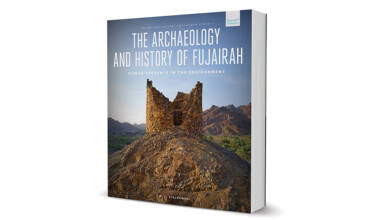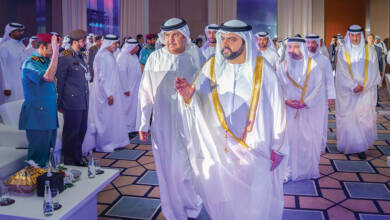Styles of calligraphy
Decorative writing – calligraphy – is one of the highest art forms of the Arab world.
Arabic calligraphy was originally a tool for communication, but with time, it began to be used in architecture, decoration and coin design.

AL-JAZM
The first form of an Arabic-like alphabet is known as the Al-Jazm script, which was used by northern tribes in the Arabian Peninsula. Many researchers think the roots of this script go back to the Nabatean script, and yet the early Arabic scripts also seem to have been affected by other scripts in the area, such as the Syriac and Persian scripts.
The Al-Jazm script continued to develop until the early Islamic era in Mecca and Medina in the west of the Arabian Peninsula.

Well, understanding the history of each script and how Arabic calligraphy evolved over the history of the Islamic Empire can expand our visual experience beyond the beautiful glyphs and forms.
Some scripts reflect the time period in which they developed, such as the Musand script, which emerged at an early stage in the history of Arabic calligraphy. Others provide geographical insight into where the artwork was developed, such as the Maghribi script, which distinguishes the artwork and inscriptions of northwest Africa.
Above: a video showing calligrapher Taha al Hiti at work.










